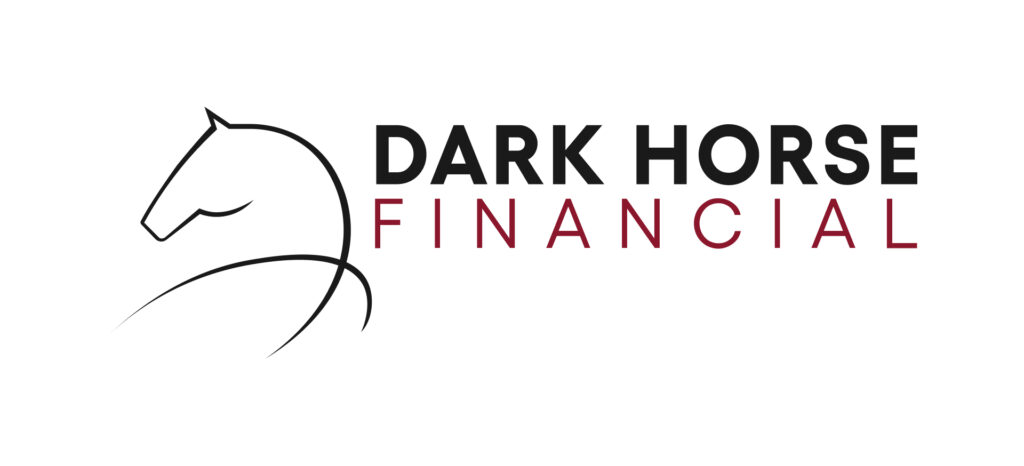Key Takeaways
- What is mortgage insurance? Lender's Mortgage Insurance (LMI) is an upfront fee charged by banks when you borrow more than 80% of the property's value
- LMI protects the lender, not you as the borrower, if you default on the loan
- The cost of LMI can be significant, ranging from $6,000 to over $30,000 depending on the property value and loan size
- There are ways to avoid or minimize LMI costs, like saving a larger deposit or having it capitalized into the loan
- First home buyers may be eligible for LMI discounts or exemptions under certain government schemes
What is Lender's Mortgage Insurance?
When Do You Pay LMI?
The Lender’s Mortgage Insurance must be paid upfront. If you can’t pay this large amount through your savings, you can also opt to capitalise the cost into the total loan instead.
Why do Lenders Require LMI?
Lenders view loans with less than 20% deposit as higher risk. A larger deposit demonstrates the borrower’s financial discipline in saving up that sum of money. It also provides more of a buffer if the property needs to be sold under mortgage default.
So, for any home loan above 80% Loan-to-Value Ratio (LVR), lenders pass on this higher risk by requiring LMI to be paid upfront by the borrower. The insurance then protects the lender’s position if the worst were to happen.
How Much Does LMI Cost?
How much is LMI? Mortgage insurance rates can be substantial, especially for first home buyers already stretching their budgets thin.
Factors that determine the LMI premium include:
- The property’s value
- The loan amount required
- The loan-to-value ratio above 80%
As a rough guide, for a $500,000 property with a 10% deposit of $50,000, the LMI premium could be over $13,000. And for a $1 million property with the same 10% deposit, LMI shoots up to around $38,000!
There are LMI premium calculators online that can provide an estimate based on your specific purchase details. Major LMI providers in Australia include QBE and Genworth.
Capitalising LMI into the Loan
One way to avoid having to pay LMI upfront from your savings is to simply capitalise or add the premium onto the total loan amount instead. This does increase the loan size and amount of interest paid over the life of the loan but is the way most borrowers choose to handle their LMI costs. This can be a smart move for first home buyers already stretched in saving a 20% deposit – the downside is having less home equity from the start.
The example below shows capitalising $13,700 of LMI into the loan increases the amount owing to $513,700 but with the same $50,000 upfront cost:
| Scenario | Property Value | Deposit | LMI | Loan Amount |
|---|---|---|---|---|
|
Paying LMI Upfront
|
$500,000
|
$50,000
|
$13,700
|
$500,000
|
|
Capitalising LMI
|
$500,000
|
$50,000
|
$0 upfront
|
$513,700
|
How to Avoid or Minimise LMI in Australia
For first home buyers with limited savings, the LMI cost can significantly add to upfront expenses. Here are some tips to avoid or reduce LMI:
Save a 20% Deposit
The simplest way to pay no LMI is to save a larger deposit of at least 20% of the property’s value. This allows you to borrow under 80% LVR so no LMI is payable.
Use Government First Home Buyer Schemes
Some state and federal schemes provide LMI discounts or waivers when buying your first home, as long as you meet the income caps and other criteria. For example:
- The First Home Guarantee: Allows first home buyers to purchase with just a 5% deposit and pay no LMI
- First Home Buyer Assistance Scheme (NSW): Provides better LMI rates & concessions
- First Home Owner Grant (Various States): One-off grants that can go towards covering some LMI costs
A Parental Guarantee
Another option is to use a Family Guarantee or Family Equity Loan, where equity in a parental home acts as additional security to reduce the LVR under 80%. This can avoid LMI altogether.
Delay and Save More Deposit
If avoiding LMI is a priority and a parental guarantee is not available, an alternative is to delay your purchase until you’ve saved closer to a 20% deposit through consistent budgeting and lowering expenses.
Is LMI Tax Deductible?
While LMI is an unavoidable cost for many first home buyers, there is some good news – it can be claimed as a tax deduction if you’re purchasing an investment property.
In Summary
Lender’s Mortgage Insurance is a necessary evil for first home buyers in Australia with less than 20% deposit saved. While protecting the lender’s interests, not the borrower’s, LMI premiums add significantly to upfront purchasing costs. However, there are a number of legitimate strategies that first home buyers can use to try and avoid or at least minimise LMI payable. It’s simply a matter of understanding all the options available and doing the research to find the most cost-effective path to buying your first home.
With preparation and taking advantage of first home buyer grants or schemes where possible, the LMI hurdle can certainly be overcome. The long-term benefits of home ownership make this upfront LMI cost worthwhile for those just starting out.
Let Experts Help You Find the Right Home Loan
Making a larger deposit on your home loan comes with advantages, one of which is avoiding paying LMI. However, it's not always possible for borrowers to come up with 20% or more of their prospective homes' value. We can help you find solutions if you're in that situation. Talk to us today and discover ways to minimise your upfront payment and secure the home of your dreams.





